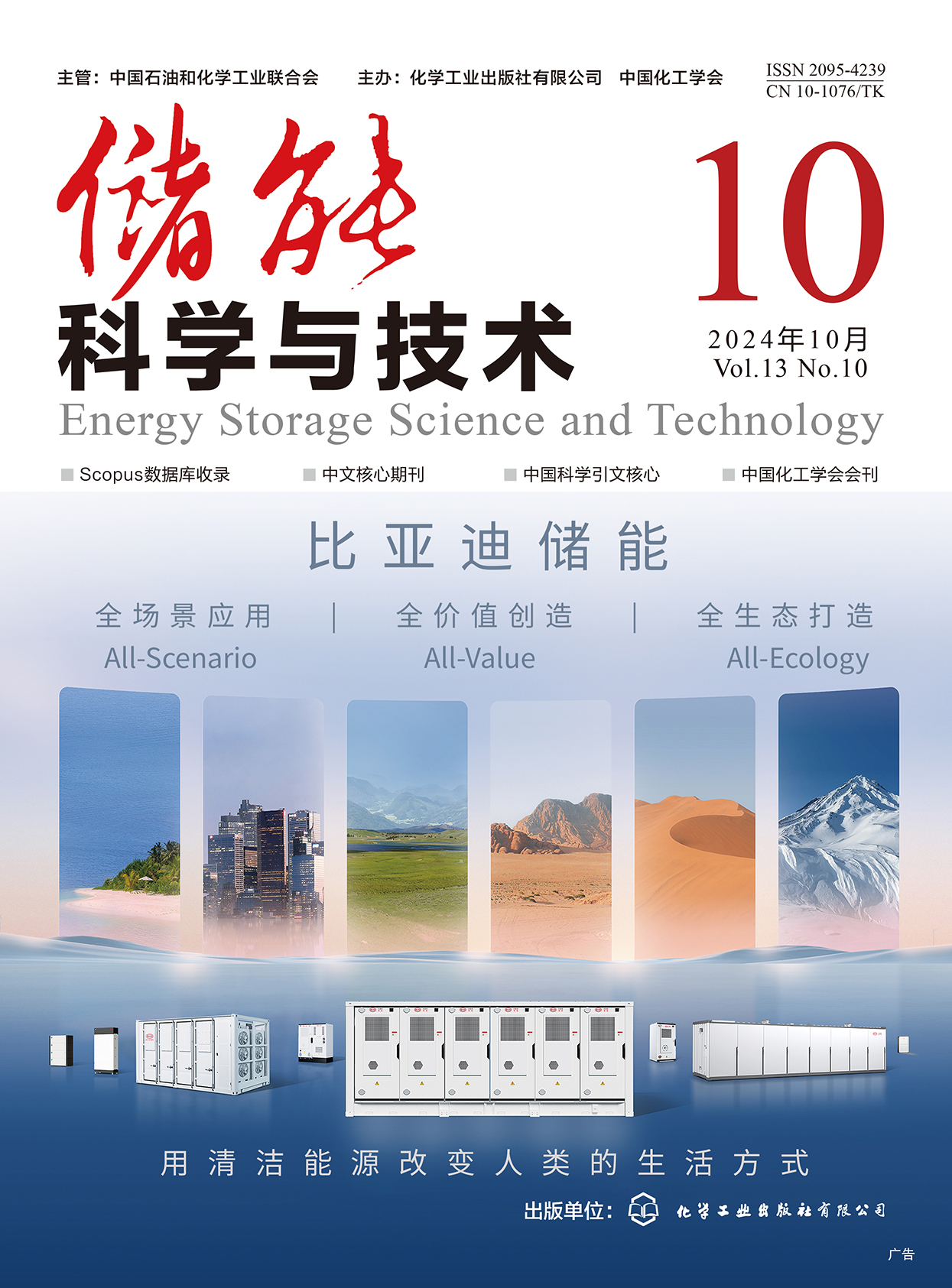To address the low heat transfer efficiency in shell-and-tube phase change thermal storage units, a new design featuring radial rectangular fins within a composite salt shell-and-tube structure was proposed. Numerical simulations were carried out and verified against experimental data, followed by an analysis using appropriate performance metrics. Three-dimensional transient simulations were conducted using ANSYS FLUENT, where the inlet temperature of the heat transfer fluid and the spacing between fins were varied to model the thermal storage process. The study focused on comparing and analyzing temperature variations of the phase change material, heat transfer processes, and melting conditions. The results indicate that increasing the temperature of the heat transfer fluid and reducing the spacing between the fins are effective methods for enhancing heat transfer. Specifically, for every 5°C increase in the temperature difference between the heat transfer fluid (water) and the phase change material composite salt (CH3COONa·3H2O-KCl), the melting rates of the phase change material increased by 54.98%, 34.67%, 23.92%, 18.13%, and 14.45%, respectively, while the latent heat storage rates increased by 61.56%, 45.79%, 35.15%, 27.04%, and 22.31%, respectively, with diminishing returns as the temperature difference grew. Additionally, reducing the fin spacing by 10 mm led to increases in the melting rates of the phase change material by 32.37%, 41.26%, and 38.66%, though it also leads to corresponding reductions in thermal storage capacity of 6.40%, 11.95%, and 6.55%, and in energy storage density of 0.53%, 10.97%, and 1.57%, respectively. In practical applications, the fin spacing should be optimized by considering both heat transfer efficiency and cost. The research provides theoretical support for the design and optimization of thermal storage units in engineering applications.

